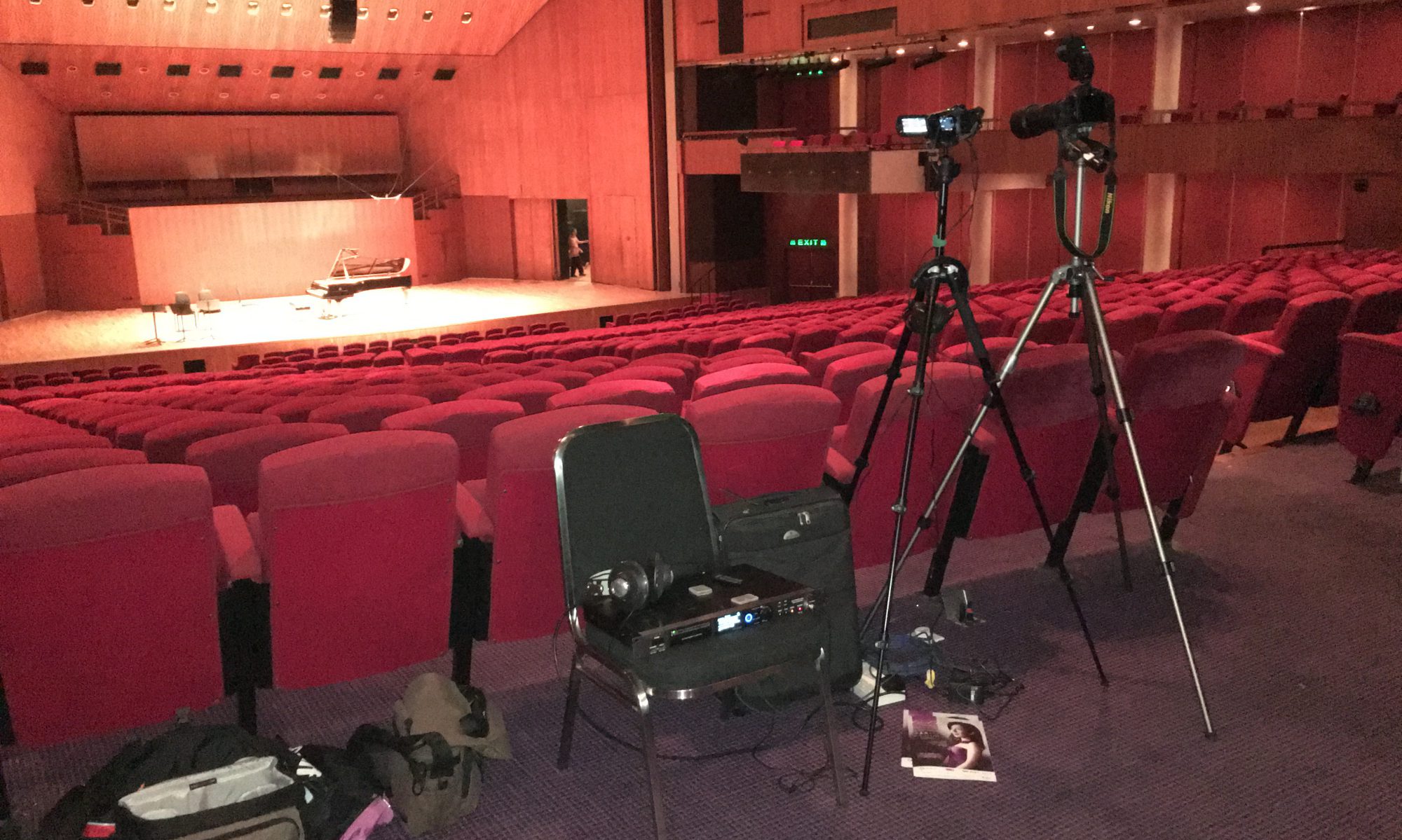Trivista 21 is an upsampling DAC, whatever format you feed it, it internally upsamples to 96KHz or 192KHz depending on the position of the back-panel switch. Upsampling is performed by the CS8420 chip which is a 1990’s signal processor running a rudimentary algorithm in integer that is sure to introduce all kinds of errors.
My approach is to minimise the CS8420’s processing by setting the back panel switch to 96KHz and to feed the Trivista only 96KHz audio. By feeding 96KHz audio into the CS8420 chip and extracting 96KHz audio from it, the (nasty) effects of the chip is minimised. Roon’s DSP function performs sample rate conversion on the fly and also allows A/B comparison quickly and easily. Both 44KHz and 88KHz material sound much better when upsampled by Roon to 96KHz before being fed to the Trivista. The reason must be that Roon’s upsampling is better than the CS8420. This is hardly surprising: modern software with sophisticated algorithms running at 64 bit floating point precision on a powerful computer is going to be far superior to a 20 year old DSP. We are talking primarily 44KHz here: if the source material is already 96KHz then there should be no difference.
It is not possible to repeat the same trick at 192KHz because Trivista does not accept 192KHz audio. I expect it’s possible to bypass the CS8420 entirely by a hardware mod and if you have done it maybe you can share your findings. The 96KHz setting gives the solid, in-your-living-room kind of sound that I like. According to the data sheet, the DSD1792 DAC chip’s distortion at 96KHz is 0.0008% but at 192KHz it is 0.0015% so it is not clear to me whether the higher sampling rate will be better. I do have another 1792 based DAC that does give a better sound at 192KHz in my system.
If your source is Roon or other software that can perform on the fly sample rate conversion, go ahead and try it – I think you will like the result.


